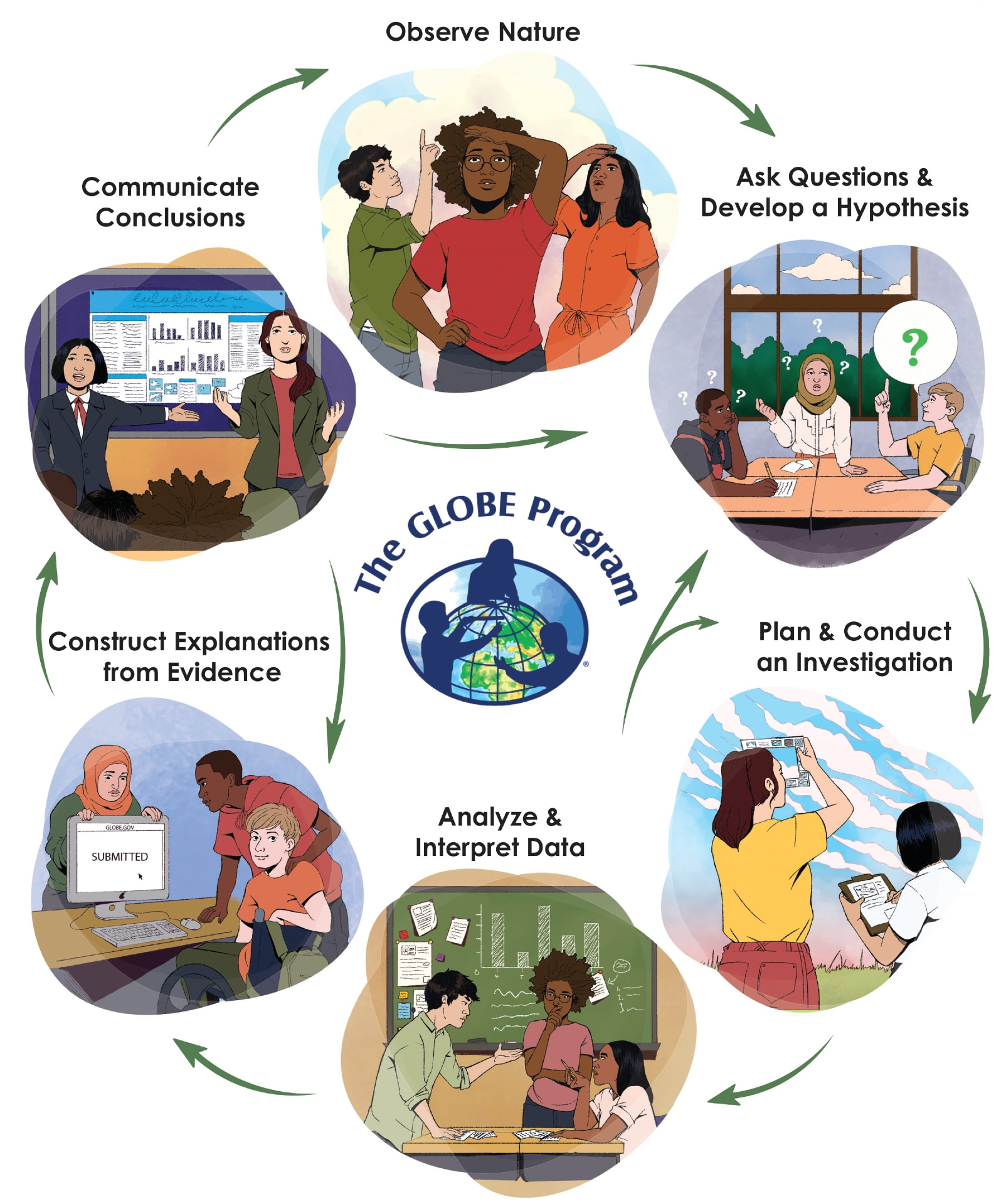Steps in the Scientific Process
Steps in the Scientific Process

Science is something students can do! The scientific process is about asking questions, pursuing answers and using evidence to support results. With that in mind, students do not have to be professionals to start conducting science in their own community. They can collect and analyze new data or perform calculations on existing data with new perspectives to gain a better understanding of the world around them.
One of the most important aspects of science is communication. Scientists must effectively explain their findings to the general public and be open to feedback from their peers. When this whole process is followed thoroughly, everyone benefits from their hard work and perseverance.
If students are having trouble knowing where to start in this whole endeavor, they should try looking at the world around them. When something catches their attention, they should think about what kinds of questions they could ask about how or why that thing is the way it is. Then, if they simply follow GLOBE's research flowchart above, students will be conducting science before they know it!





